#Family: Lucanidae
Explore tagged Tumblr posts
Text

The gorgeous Rainbow Stag Beetle!
What truly spectacular colors they have! And so shiny~
#Phylum: Arthropoda#Class: Insecta#Order: Coleoptera#Family: Lucanidae#Subfamily: Lampriminae#Genus: Phalacrognathus#Phalacrognathus muelleri#rainbow stag beetles#stag beetles#beetles#insects
3 notes
·
View notes
Text

Giant Stag Beetle (Lucanus elaphus), male, family Lucanidae, Sand Springs, Oklahoma, USA
photograph by Sam Houston
572 notes
·
View notes
Text
Rugose Stag Beetle - Sinodendron rugosum
No insects were harmed in the making of this video. The finger visible was just gently poking. Today's post marks the 6 year anniversary since this blog's inception! Thank for you, dear reader, for 6 wonderful years of insect photography, research and appreciation. And thank you to my friends, family and followers for your support and contributions. This post is representative of that, and how the reach of this blog extends further than ever, with many unique and interesting species to find and enjoy on this blog (and my YouTube Channel as well) from Toronto and other regions of Canada. Cheers to many more great years on the horizon, with lots more insects to share with everyone.
With that excellent horn on its face and its well-armored shell, this insect could easily be mistaken for a Scarab Beetle (of the family Scarabaeidae). I was hopeful that my dear friend had sent me some variety of Squamish Rhinoceros Beetle, but its profile didn't quite match other horned Scarabs of similar stature (they tend to be more heavily armored and bulky). The pebbling on the wingcase is quite prominent, which led to the confirmation of this insect's identification. As it turns out, this Beetle is one of a variety of horned Stag Beetles (of the family Lucanidae). The two Beetle families aren't that far apart in terms of relation (both are under the Superfamily of Scarabaeoidea), and the males of both family branches use large horns or mandibles to fight against rival males to secure mates (females lack a facial weapon). As such, this specie of Beetle relies on its bulk to keep it stable and its horn to flip rivals over. Of course, there's much more to worry about in the wilderness after emerging from wood as an armored adult. Despite the integrity of its armor, it doesn't protect against everything in the insect world. The Ants scurrying around this Beetle were definitely probing for a vulnerable spot of the underside, but the Beetle moved along, seemingly undeterred.
Video was recorded in Squamish on June 12, 2024 with an iPhone 12.
#jonny’s insect catalogue#insect#beetle#rugose stag beetle#stag beetle#coleoptera#squamish#sḵwx̱wú7mesh#june2024#2024#video#milestone#happy 6 years#blog anniversary#6 year anniversary#happy six years#nature#entomology#invertebrates#arthropods#photography#animals
21 notes
·
View notes
Text

Today’s anime insects of the day is: This assortment from Assassination Classroom
Order: Lepidoptera (butterfly) and Coleoptera (beetles) Lucanidae (middle beetle)
Family: Nymphalidae (butterfly) and Scarabaeidae (beetles)
#assassination classroom#beetle#butterfly#coleoptera#lepidoptera#nymphalidae#scarabaeidae#unfortunately i have covid :(#so posting wasnot my top priority#but on the bright side i get the whole week off work
163 notes
·
View notes
Text

I'm weak so I couldn't resist doing Farfin's animal print colour wheel. So I'm going to be posting a character a day.
Going clockwise:
Jocasta Lacroix. Half-elf ranger, half decent archer, mercenary, drinker, a lover AND a fighter. Anastasia Escher, former ganger, soldier, punk, gearhead. Can't remember where all the scars came from but she's sure they all have good stories. Aric Silver. As a Secret Agent Man he doesn't need to worry about his enemies getting him drunk, as his water blood means he processes alcohol much faster, though cigarettes disagree with him. Lileth Feystraits. A Dark Elf Death Mage Dom who hasn't met a piece of impractical clothing she won't wear yet. Ernesto Shepard. Former commando, currently working with the United Universes Peacekeeping Forces. Desperately looking for a purpose in life. Carnack Cousland. Son of a murdered noble family who has little interest in regaining meaningless titles and responsibility. Powerful artefacts and arcane abilities are much more appealing to him. Kalomar Lucanidae. She was born to dance, and she doesn't care what people think of her. That being said, she may have more secrets than one may initially expect. Russel Beale, a man who has had enough of the post-apocalypse and just wants an easy life.
#elf#animal print#colour wheel challenge#colour wheel meme#color wheel challenge#color wheel meme#color wheel trend
10 notes
·
View notes
Text
Bugs are the most populous animal group. Stag beetles (family Lucanidae) have about 1,200 species. Thats a subgroup of a subgroup of insects (class Insecta).
Beetles belong to the order Coleoptera, which “[has] about 400,000 described species, is the largest of all orders, constituting almost 40% of described insects and 25% of all known animal species” x
According to World Atlas, insects have an “estimated total population of 10 quintillion individuals globally. The United States alone hosts a staggering 91,000 species.”
And a 2022 study estimated there are 20 quadrillion ANTS! x JUST ANTS!
Not to mention all the arthropods that aren’t insects, like arachnids, centipedes, scorpions.
So yeah, bugs are awesome.
i hate when people defend those horrible monoculture lawns because they don't want bugs outside. like we don't live on planet bug
17K notes
·
View notes
Text

Golden Stag Beetle Larvae
———
Fun fact: The larvae are sapro-xylophagous and will spend two years feeding on rotting logs!!
Scientific Name: Lamprima aurata
Region: ---
Picture Location: Clovis, NM
More Information:
0 notes
Note
What Is Your Favorite Blug
god there's too many bugs to just pick A Favorite!!! so here's a list of some that come to mind as particularly good bugs (under a readmore because i'm very very autistic) i'll stick to true insects here because if i included spiders and myriapods i'd be here all night
lepidopterans were what made me start loving bugs as a kid and they're still very dear to me now. my favorite when i was little was the blue morpho (morpho menelaus, i have a preserved one and these guys are SO shiny no photo can truly do them justice) but my current #1 lepidopteran would have to be the cecropia moth (hyalophora cecropia, largest moth in north america! also just look at that widdle face)
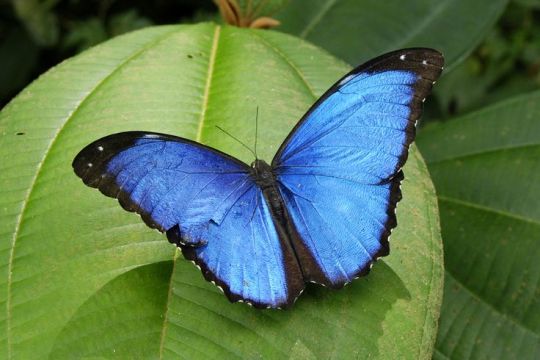

it's impossible to go wrong with the humble beetle but some that stick out to me are stag beetles (family lucanidae, super hard to id to species) and weevils (superfamily curculionoidea, the ones here are the giraffe and acorn weevils)



cicadas and roaches both get flack for being just noisy or just pests but they are still both important to their environments and can be very pretty as well. this guy (huechys sanguinea) is probably my favorite cicada as it's very much a bug after my own heart and the emerald cockroach (corydidarum magnifica) is probably one of your best contenders if you want to prove to someone that roaches can be pretty
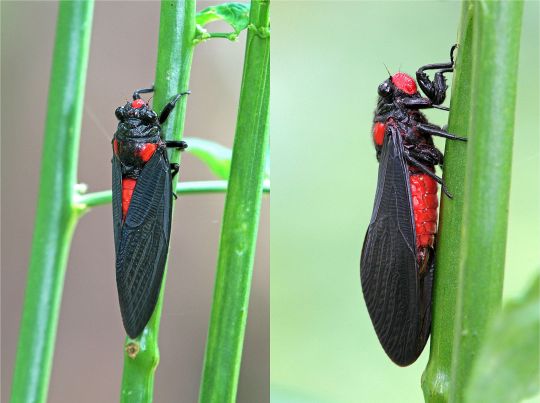

honorable mentions to the giant wētā (genus deinacrida) for being So God Damn Big and praying mantises in general because i think they are very cool but am not well versed enough with them to have a spotlight species aside from orchid mantises which i'm pretty sure everyone knows about
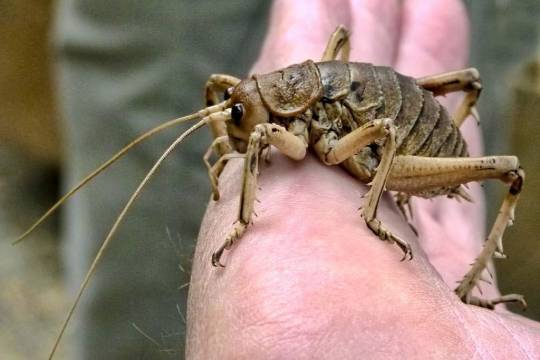
tldr: impossible question there are millions if not billions of species of insects and we discover new ones all the time, how can i choose just one with so many options???
0 notes
Note
Hey girl, are you a stag beetle that's part of a family of about 1,200 species of beetles in the family Lucanidae, currently classified in four subfamilies? Cuz you

i
i don't get it
1 note
·
View note
Photo


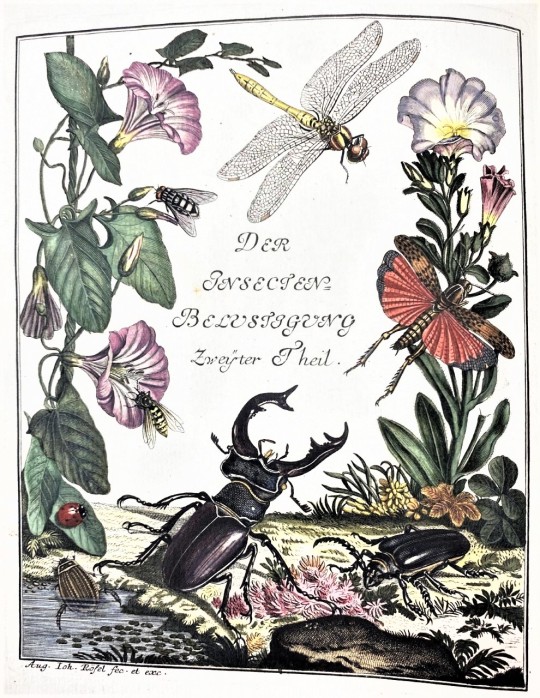
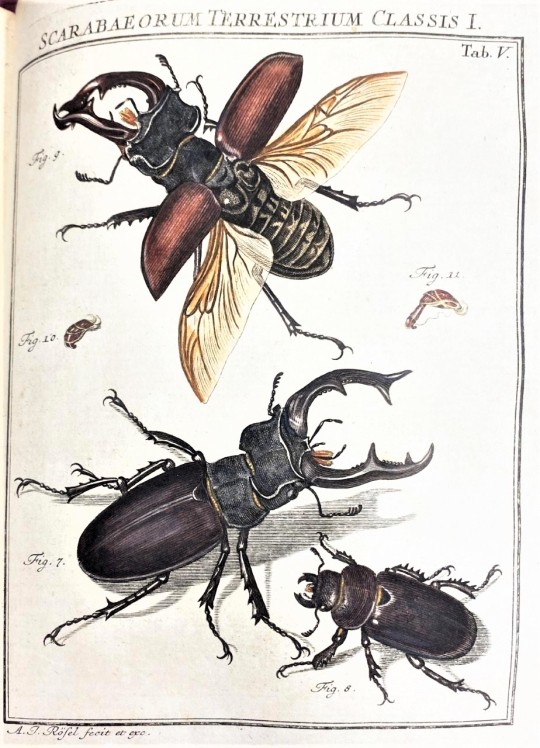
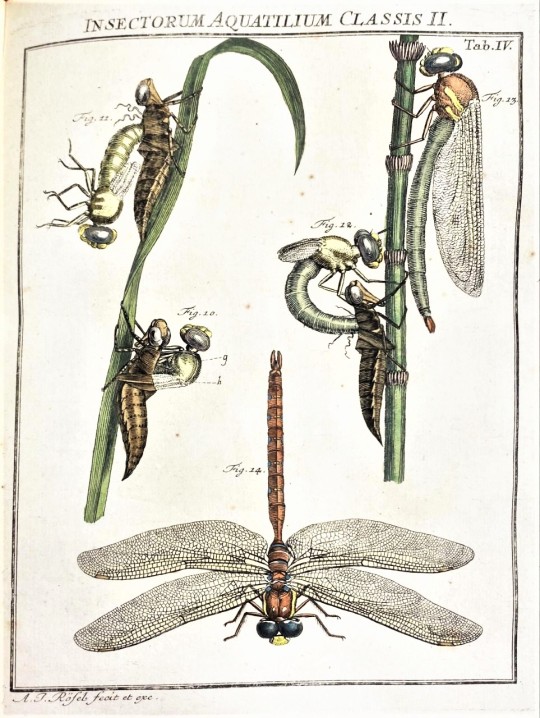
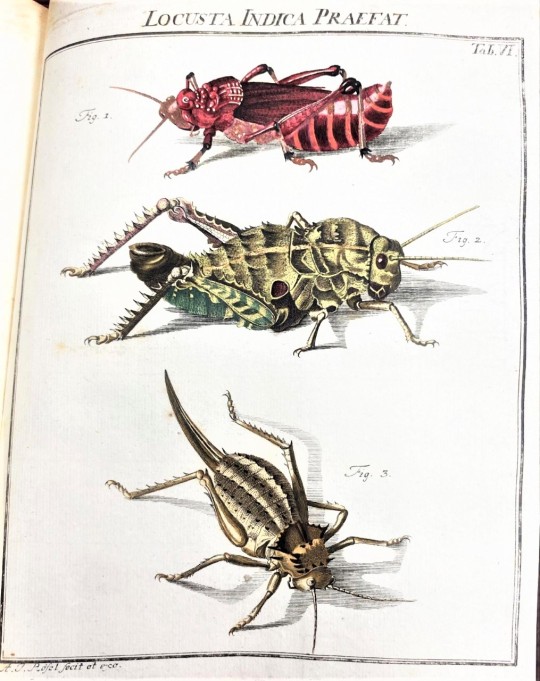

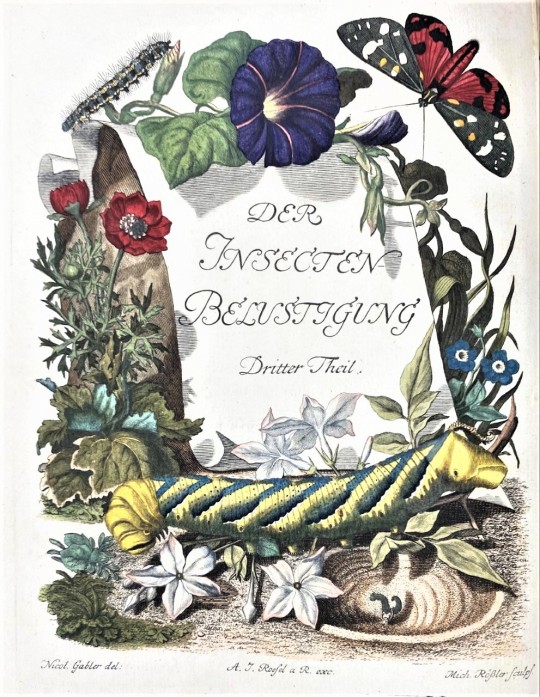
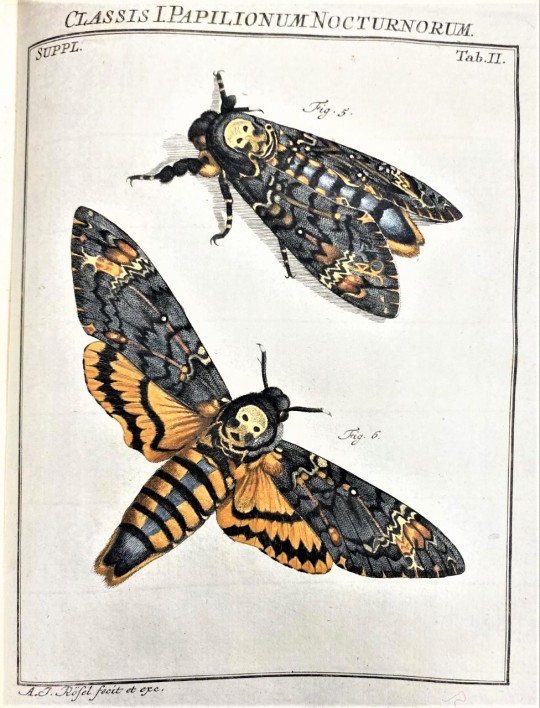
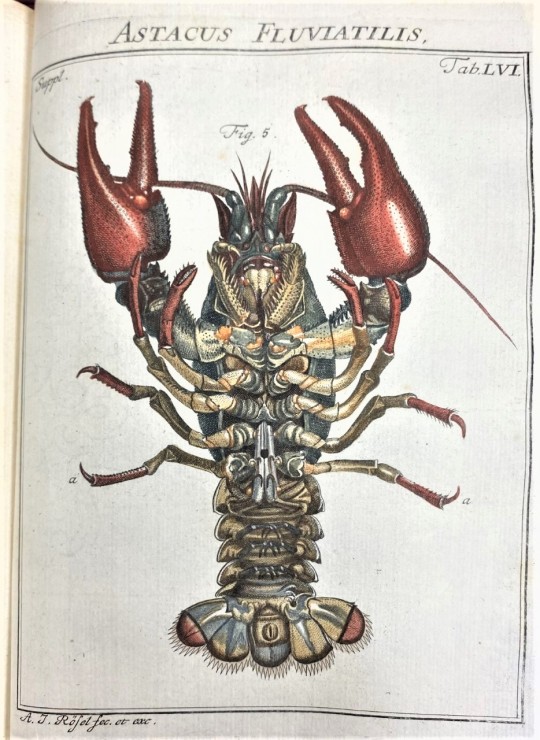
Science Saturday: Insecten-Belustigung
This summer I have been exploring the beginnings of printed natural history illustrations in the West in my series “The Spectacle of Nature.” While I love investigating the book tradition in the medieval and early modern period, my heart really is in illustration styles of the 18th and 19th century. When looking at illustrated natural history books this summer, I tend to go back and forth between studying medieval and incunabula books with more modern works. A set of books that I got to look at during one of my visits to UW-Madison Special Collections is the Der monahtlich-herausgegebenen Insecten-Belustigung a set of insect books by August Johann Rösel von Rosenhof (1705–1759) published by Johann Joseph Fleischmann in Nuremberg from 1746–1761.
August Johann Rösel von Rosenhof was a German artist and naturalist who was trained as a miniature painter. He was heavily inspired by fellow German artist Maria Sibylla Merian’s book Metamorphosis insectorum Surinamensium published in 1705 where she documents the stages of metamorphosis based on direct observations of insects in Suriname. After working on illustrations of insects, Rösel turned is attention to frogs and published the lavishly illustrated Historia naturalis ranarum which UW-Madison Special Collections also has.
Around UW-Milwaukee Special Collections I am known as an insect fanatic, so naturally this set of books is right up my alley. To me, insects are both beautiful and monstrous and that is represented in the illustrations I am highlighting in this post, such as the stag beetle (family Lucanidae), all sorts of locusts, and the Deaths-head hawkmoth (Acherontia atropos).
I’m also fascinated by the allegorical frontispiece of the first volume that features Artemis of Ephesus (also known as Diana of Ephesus, the multi-breasted goddess) and cherubs collecting butterflies. You can get a better look at the frontispiece online here.
Another interesting thing to note is that I included a lobster illustration to show that crustaceans were often included in studies of insects for a long time.
Four volumes of Der monahtlich-herausgegebenen Insecten-Belustigung are available to view online through the Biodiversity Heritage Library.
View more Science Saturday posts.
–Sarah, Special Collections Senior Graduate Intern
#Science Saturday#August Johann Rösel von Rosenhof#Insecten-Belustigung#Der monahtlich-herausgegebenen Insecten-Belustigung#insects#bugs#moths#beetles#scientific illustrations#science#entomology#copperplate engravings#hand colored plates#Sarah Finn#sarah
210 notes
·
View notes
Photo
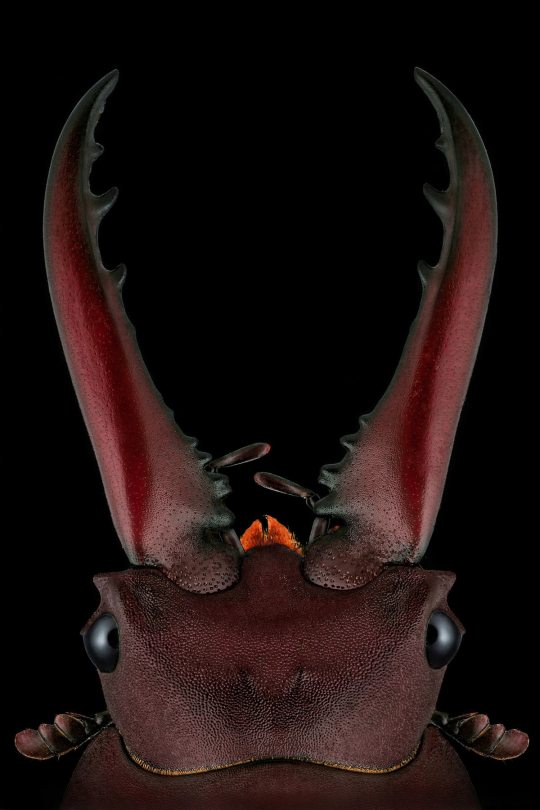
Prosopocoilus astacoides.
“Cyclommatus is a genus of the Lucanidae family, also known as the stag beetle. The chief distinguishing characteristics of this genus are its impressive mandibles, which can sometimes be as long as its body, as well as its lustrous metallic exoskeleton, which can range from red, brown, green, purple, gold and a rarer blue-black. Male beetles of genus cyclommatus are generally larger than females of the same species, and exhibit brighter and lustrous exoskeletons compared to females.”
Photographer: Mofeed Abu Shalwa
#mofeed abu shalwa#photographer#prosopocoilus astadoides#lucanidae#stag beetle#beetle#macro photography#nature
111 notes
·
View notes
Note
hi it's me again Certified Dove Lover. well i am also Certified Beetle Lover. i request a collection of the finest beetles around
CERTIFIED BEETLE LOVERS... UNITE!!!
I have so many beetles... let me find some great photos for you...

Giant Flower Beetles (Genus Mecynorhina), family Scarabaeidae, from various parts of tropical Africa
M. savegei
M. torquata
M. polyphemus
M. obertheri
photograph by Ennis Fei (@ennisanna_fei)

Dogbane Leaf Beetle (Chrysochus auratus), family Chrysomelidae, North Carolina, USA
photograph by Lalita Booth


Earth-boring Dung Beetle (Trypocopris fulgidus), family Geotrupidae, Strandzha Nature Park, Bulgaria
Photographs by Malko Tarnovo

Cloaked Warty Leaf Beetle (Chlamisus sp.), family Chrysomelidae, Curitiba, PR, Brasil
photograph by Sergio Monteiro

Sunburst Diving Beetle (Thermonectus marmoratus), family Dytiscidae, Colorado, USA
photograph by M. Barton

Fuzzy Bumble Bee Scarab (Pygopleurus vulpes), family Glaphyridae, Lesvos, Greece
photograph by Paul Davis

Golden Stag Beetle (Lamprima aurata), male, family Lucanidae, Gippsland, Victoria, Australia
photograph by Kieran Briggs

Rainbow Weevil (Pachyrrhynchus congestus pavonius), family Curculionidae, SE Asia
photograph by Javier Rupérez
483 notes
·
View notes
Photo

Rainbow Stag Beetle (Phalacrognathus muelleri)
Family: Stag Beetle Family (Lucanidae)
IUCN Conservation Status: Unassessed
The exoskeleton of this remarkable beetle is iridescent, meaning it reflects light in such a way as to appear rainbow-coloured when observed from the right angle. Native to humid regions of New Guinea and northern Australia, it spends most of its life in a larval state living in and feeding on rotting wood before emerging in its stunning adult form to breed towards the end of its life. As is true of all stag beetle species males can be distinguished from females thanks to their enlarged mandibles that are often mistaken for horns, and use these mandibles to wrestle with rival males to demonstrate their strength and impress females. Adult Rainbow Stag Beetles are incapable of eating, living entirely on fat reserves built up in their larval stage and dying once these are depleted (which takes around 2 weeks.)
Image source: https://www.inaturalist.org/taxa/479052-Phalacrognathus-muelleri
13 notes
·
View notes
Text
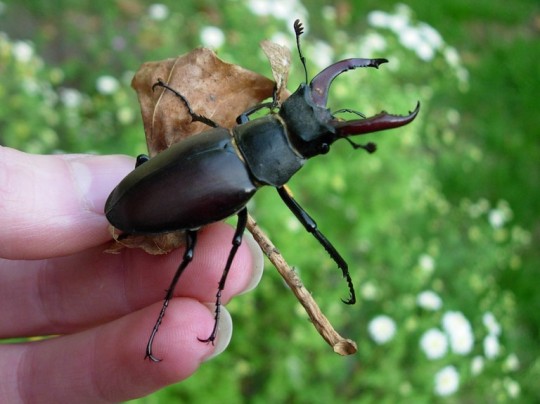
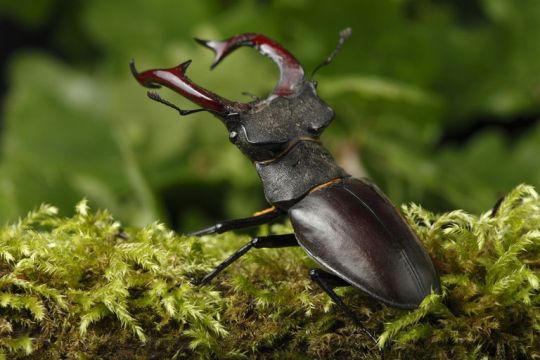
lucanidae
stag beetles are a family of about 1,200 species of beetles. some species grow to over 12 centimetres, but most to about 5 cm.
4 notes
·
View notes
Photo



Today’s anime insect of the day is: Koharu who is a stag beetle from Hakumei and Mikochi
Order: Coleoptera
Family: Lucanidae
650 notes
·
View notes
Text
Meet Ainsley Seago, New Associate Curator of Invertebrate Zoology

Dr. Ainsley Seago (pictured with Vespula germanica, one of Australia’s many, many invasive species). Photograph by Jude Keogh.
Dr. Ainsley Seago studies the evolutionary history of beetles, from systematics and diversification of Staphylinoidea (rove, carrion, and fungus beetles) to the evolution of iridescence in Curculionoidea (weevils and their relatives). She has used everything from rotting squid traps to synchrotron radiation to better understand beetles in all their glory, but believes that the most important tool of all is a strong museum collection. Dr. Seago is thrilled to work with the CMNH collection and exhibit teams to bring the museum's outstanding invertebrate collection to a wider audience, while using it to support research in Pittsburgh, the US, and beyond.
Dr. Seago is originally from Tacoma, WA, and has just returned to the U.S. after 12 years in Australia.
Abstract of recent research (bearing in mind that I have a very loose grasp on what 8th graders are up to these days)

Australian stag beetle, Lamprima aurata (Coleoptera: Lucanidae). Photograph by Lauren Drysdale.
Among the world's beetle species are hundreds of "living jewels," insects with stunning jewel-like colors or shining golden armor. These so-called structural colors arise from nanoscale patterns in the exoskeleton, from variations in the thickness of chitin layers to intricate three-dimensional crystal lattices. Because they're made by fixed structures and not chemical pigments, these types of insect color last indefinitely-- even through fossilization.
Within the last 20 years, scientists have learned that several species of weevils (not to mention butterflies and longhorn beetles) make their glittering, sequin-like colors with microscopic lattices called three-dimensional photonic crystals. We have also learned that these photonic crystals can generate different colors depending on how tightly spaced they are. However, the evolutionary origins of this type of iridescence have never been explored.
Working with researchers from Yale-NUS (Singapore) and the Australian National Insect Collection (Canberra), I have conducted the first ever research placing a wide variety of photonic crystal structures from across the weevil family tree in an evolutionary ("phylogenetic") context. The surprising result was that these crystals, found in hundreds of species of weevils, all derive from a single ancestral origin. Although three-dimensional photonic crystals have evolved repeatedly in insects, they appear to have evolved only once in weevils. The weevil lineages that gained these iridescent crystals then diversified rapidly, suggesting that the jewel-like colors aren't just beautiful, they also confer a distinct evolutionary advantage.
46 notes
·
View notes